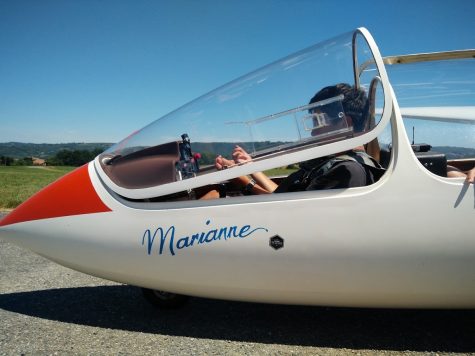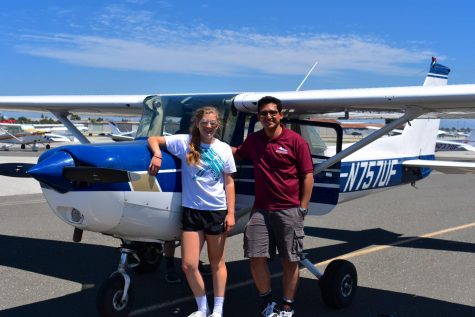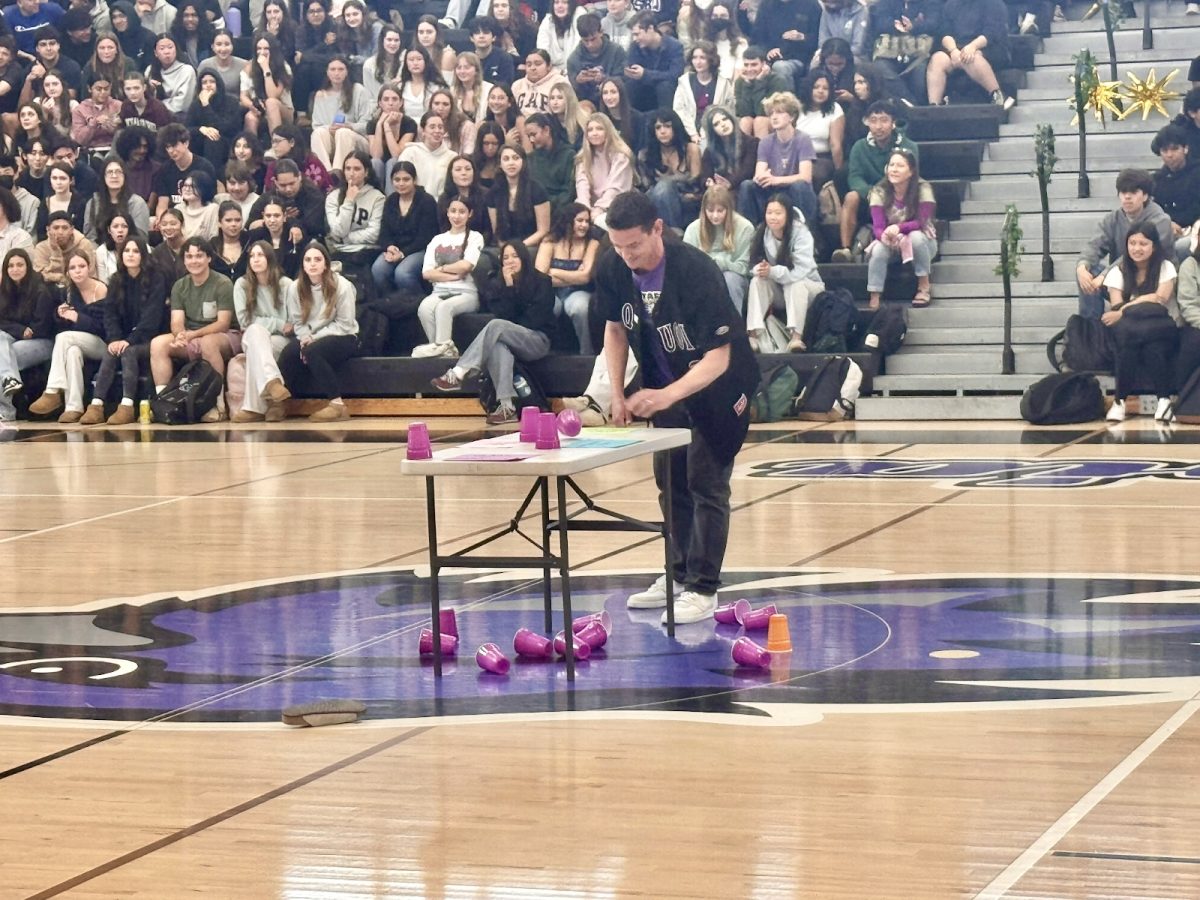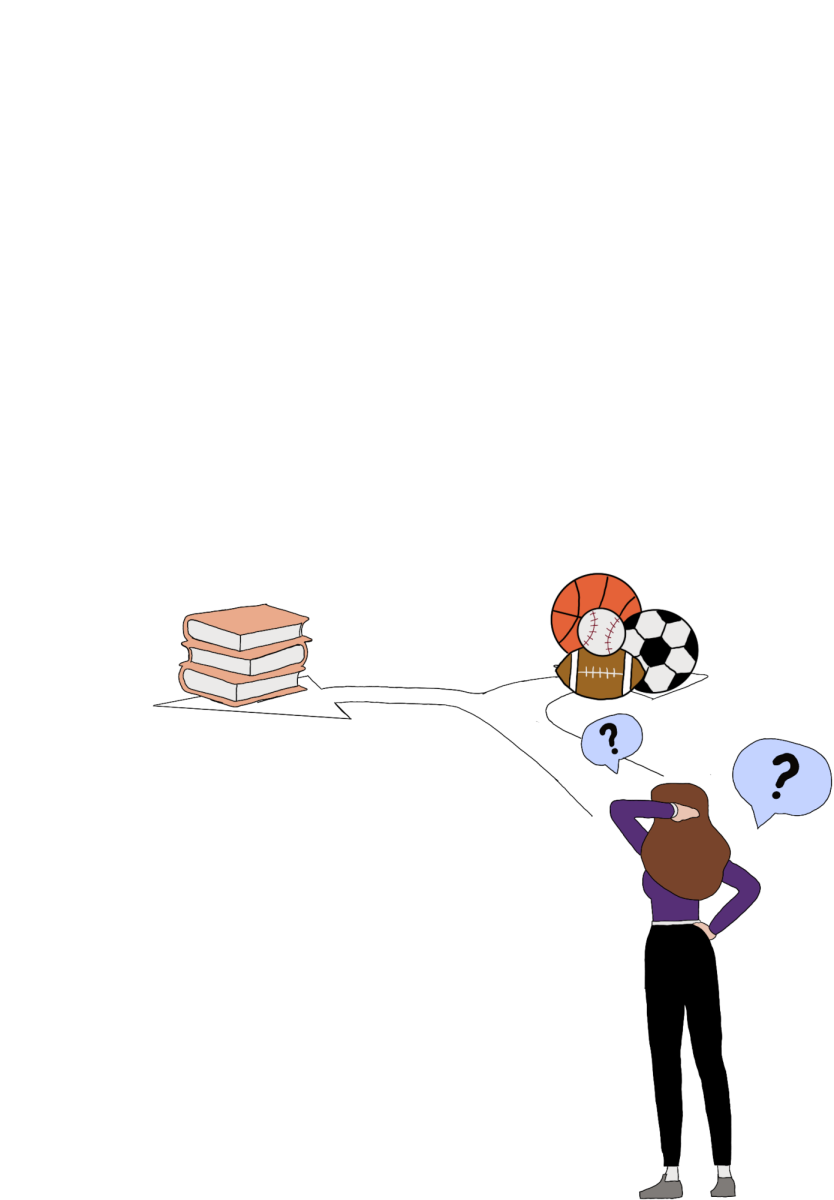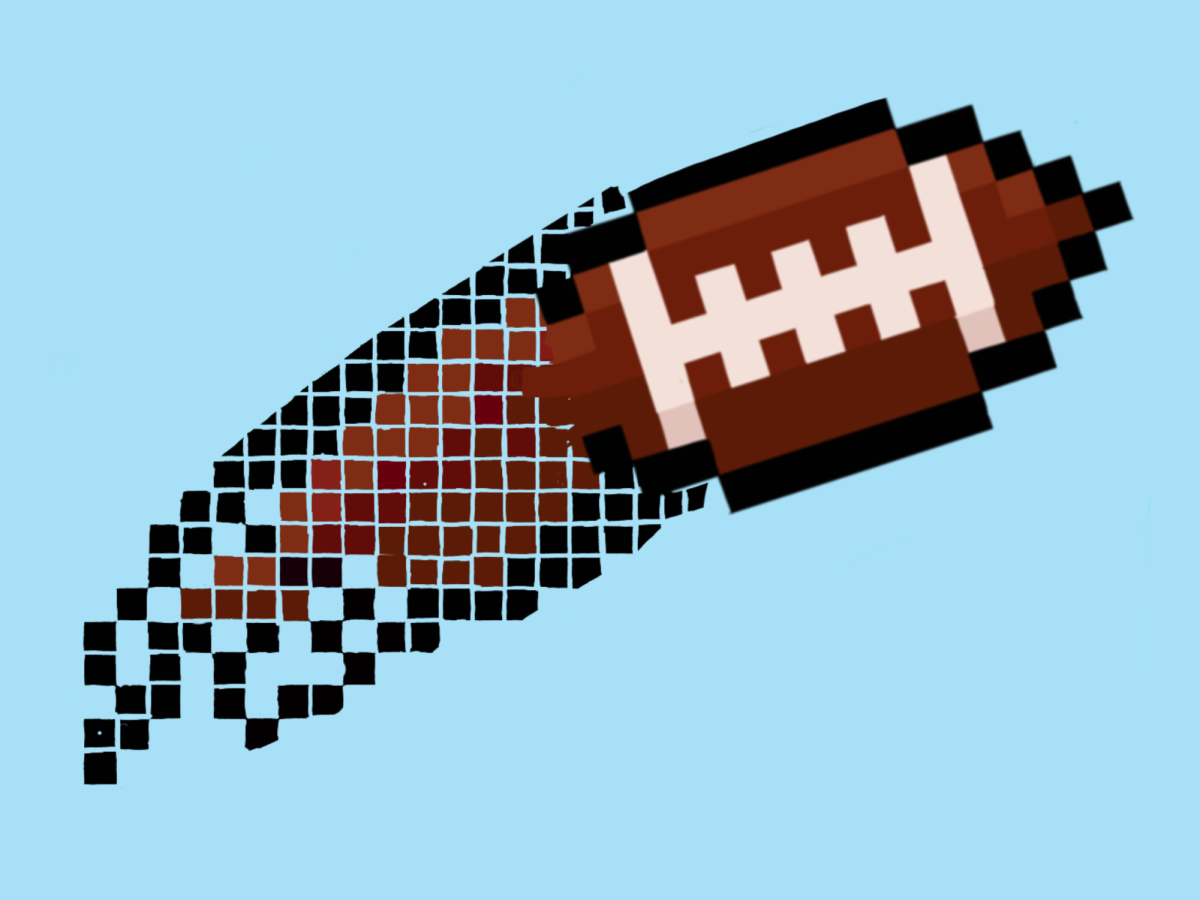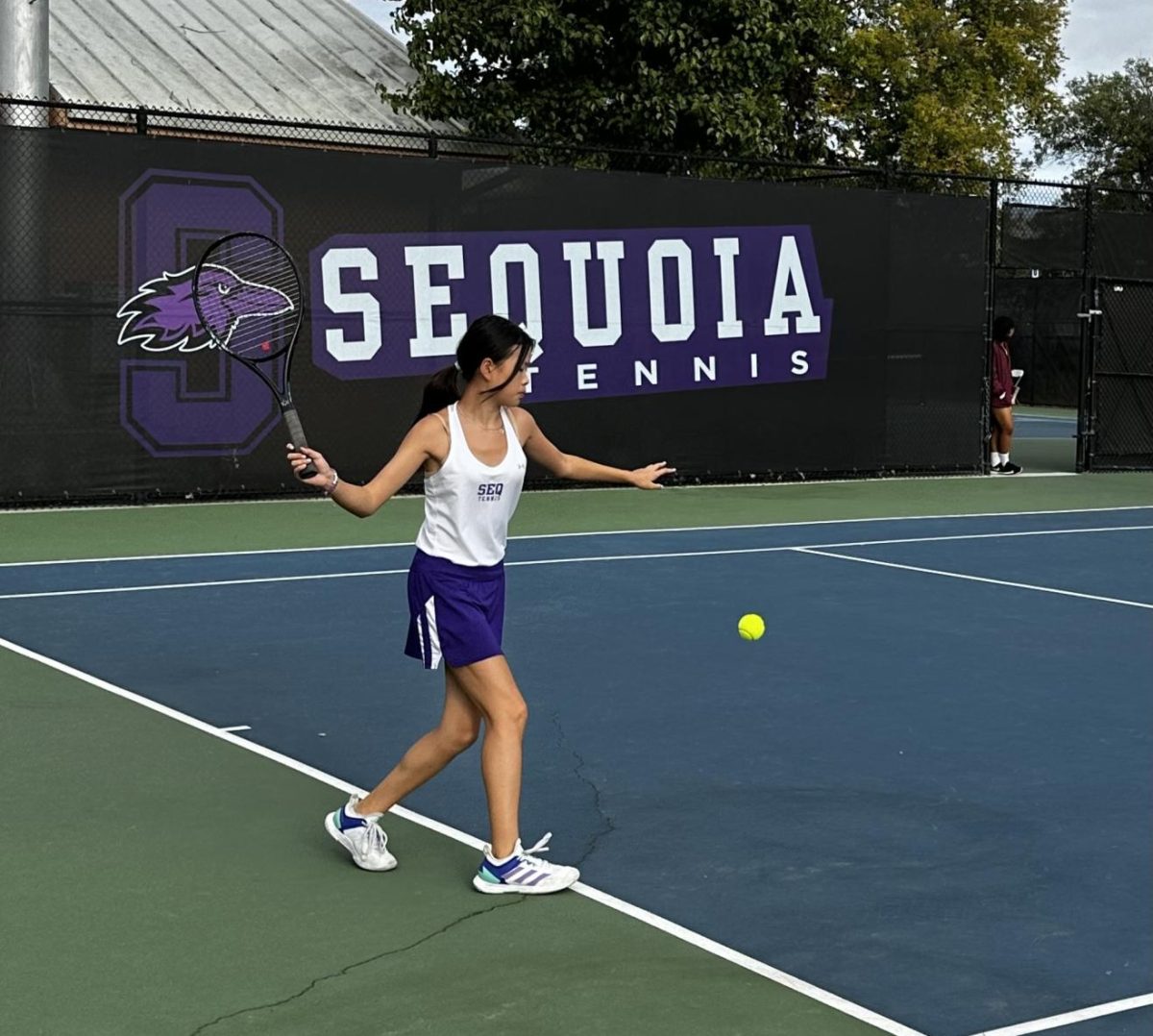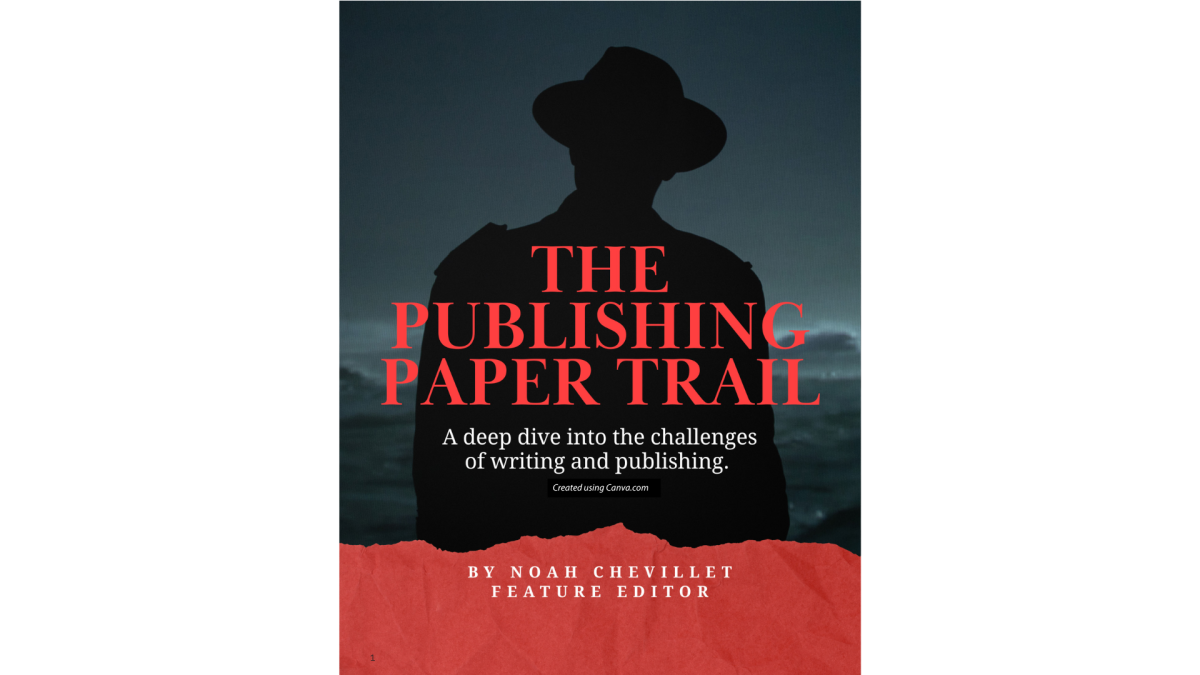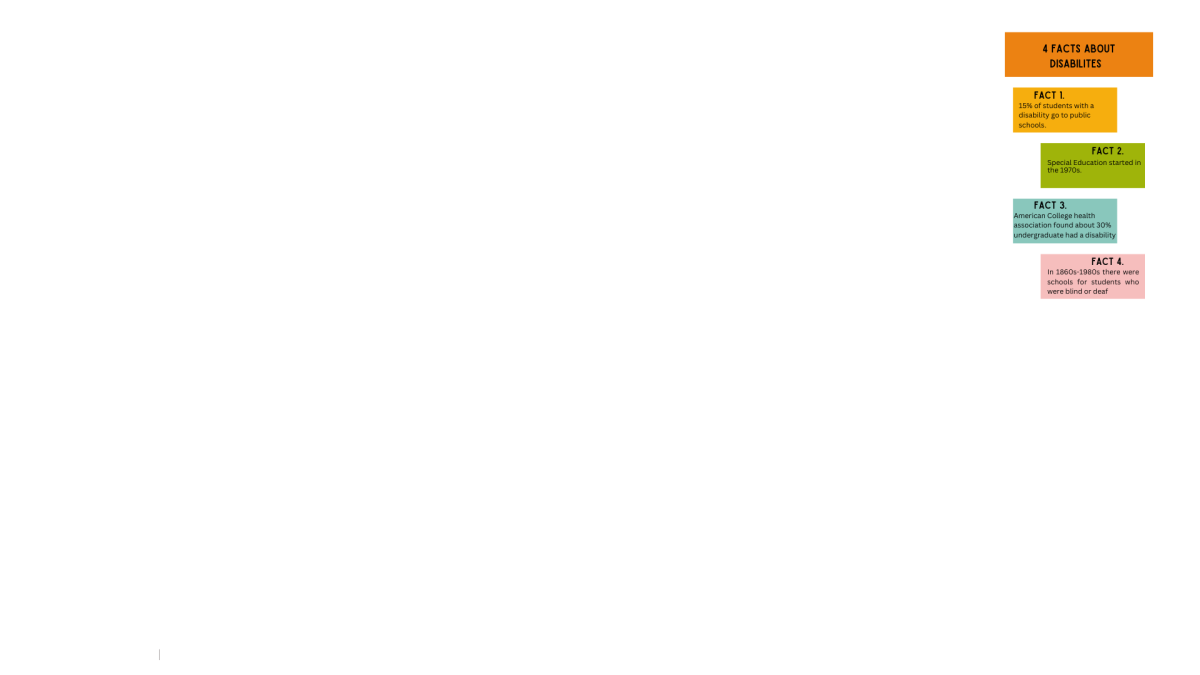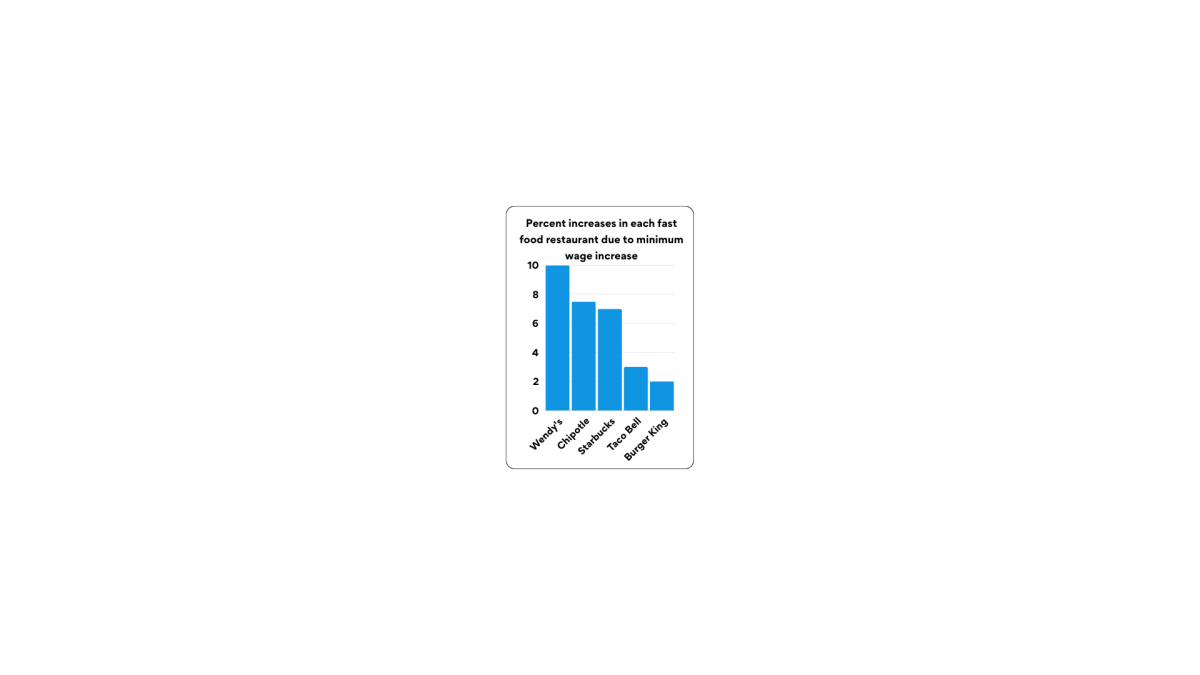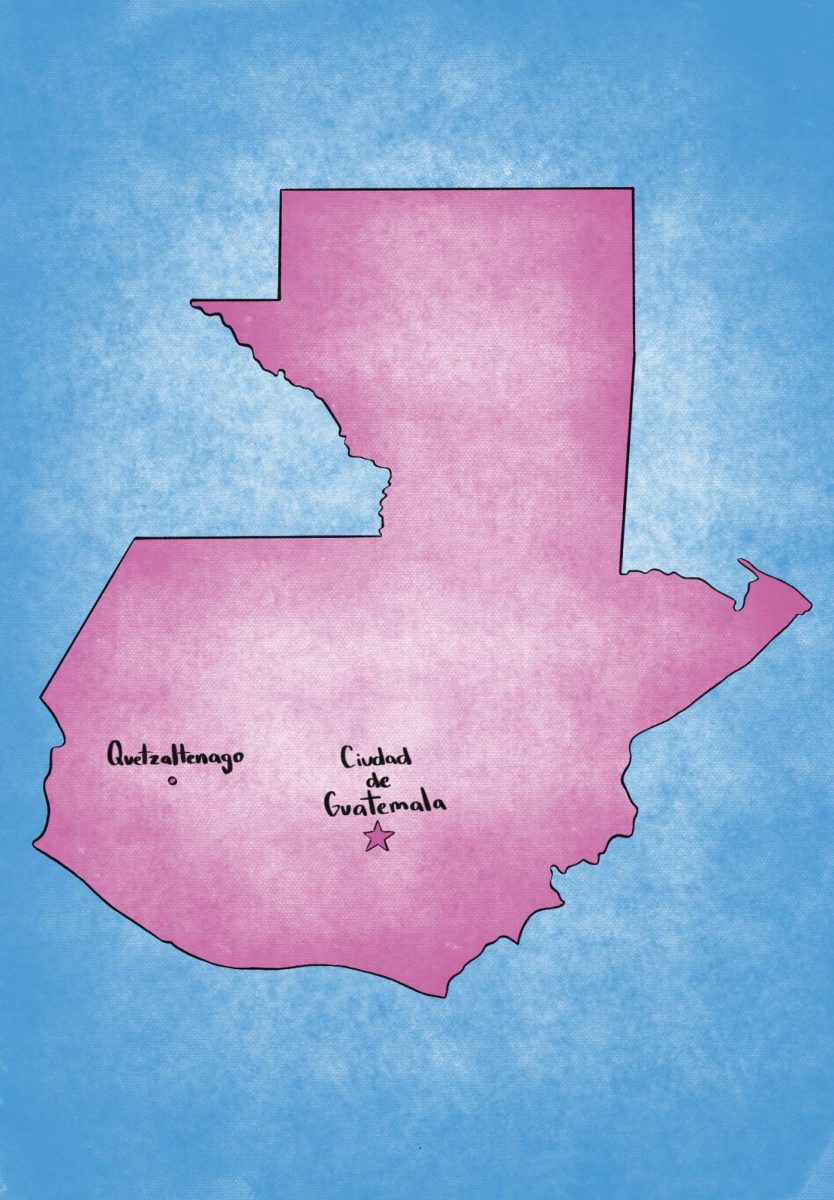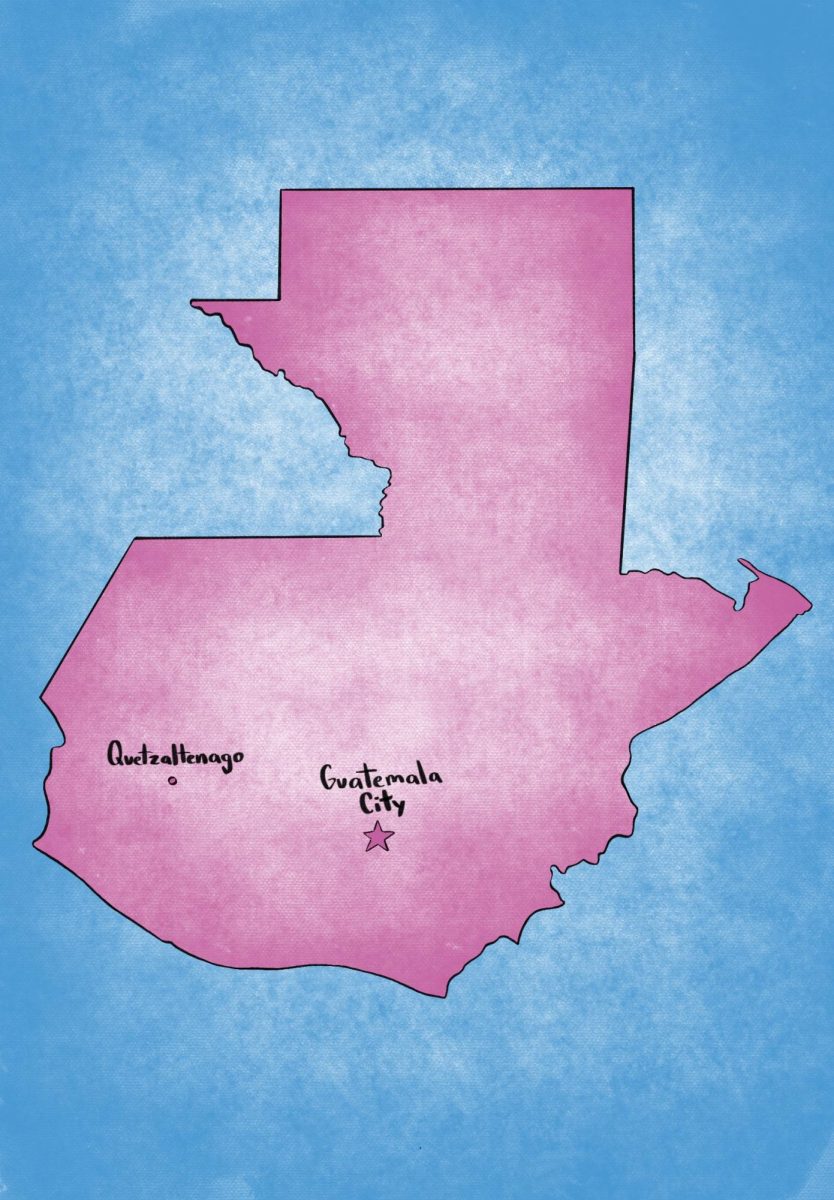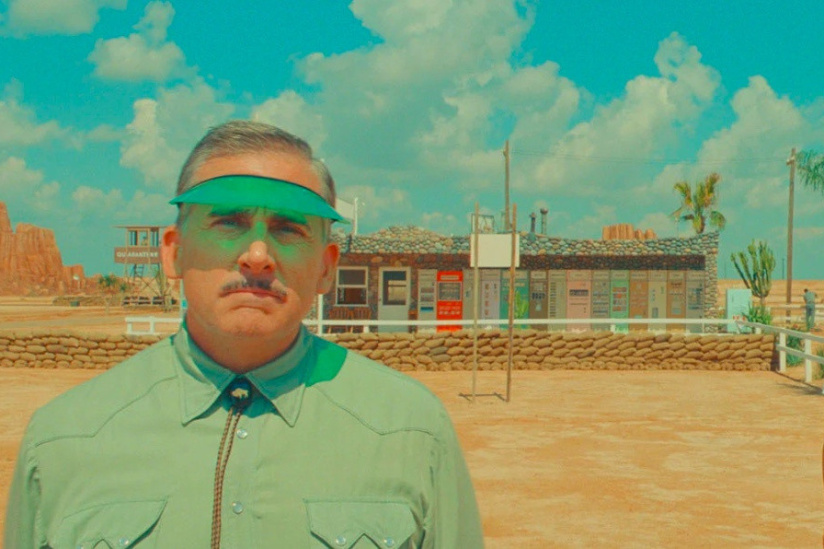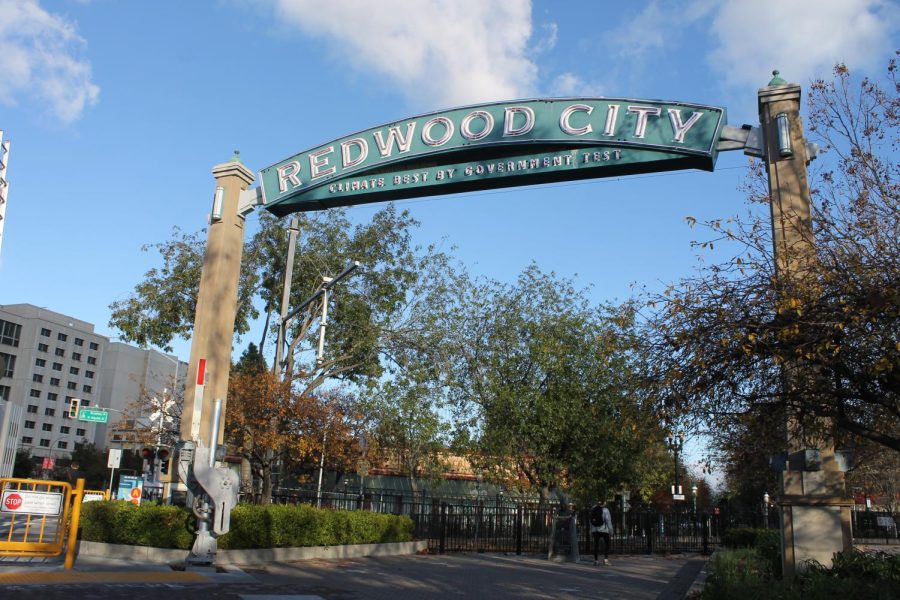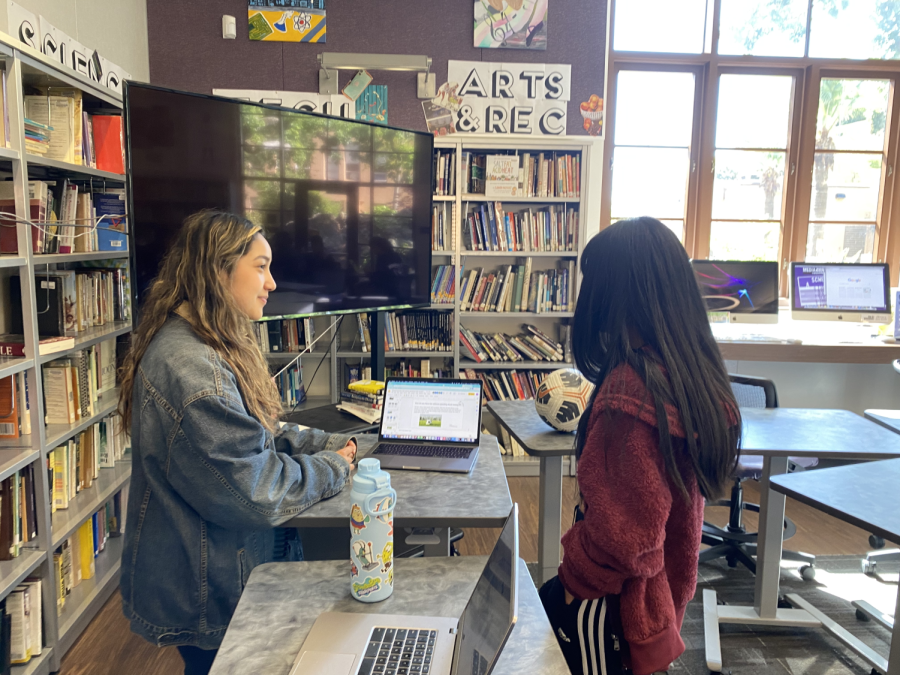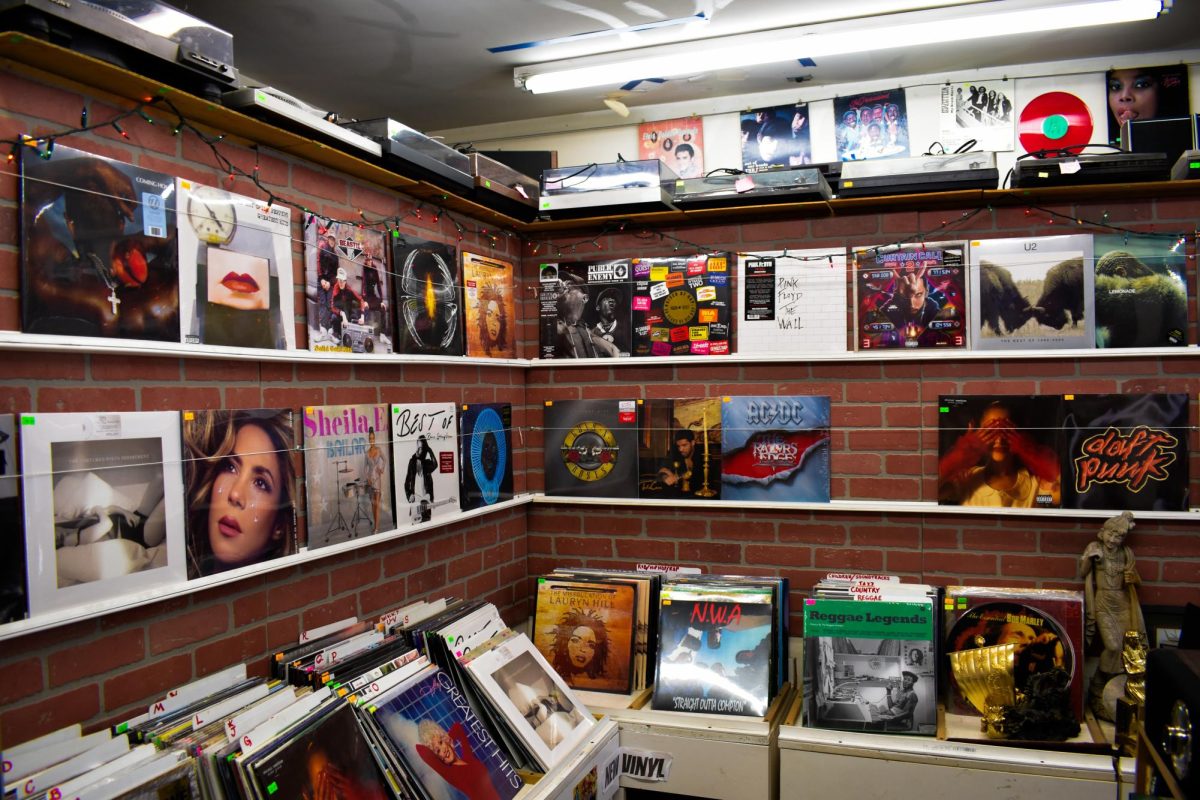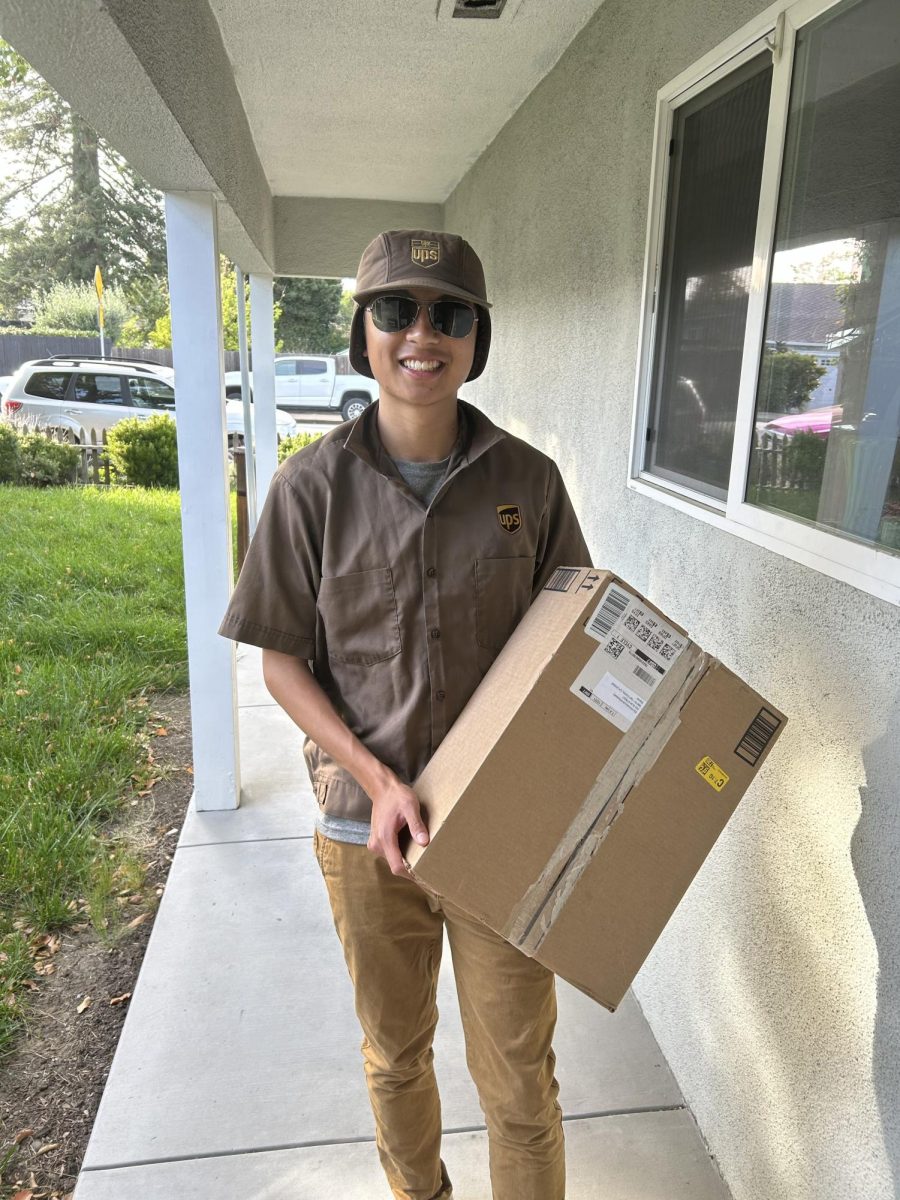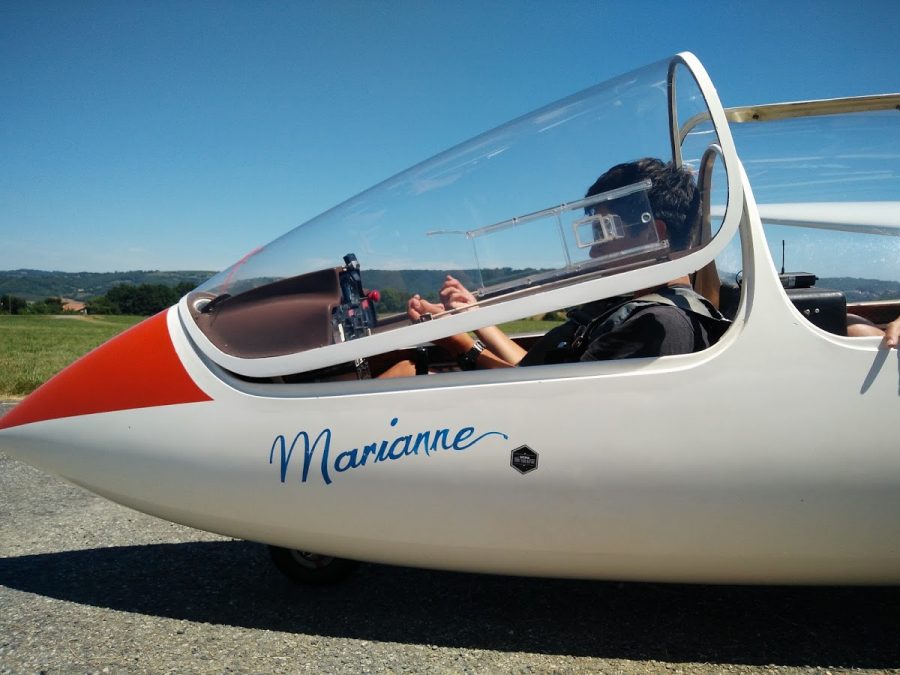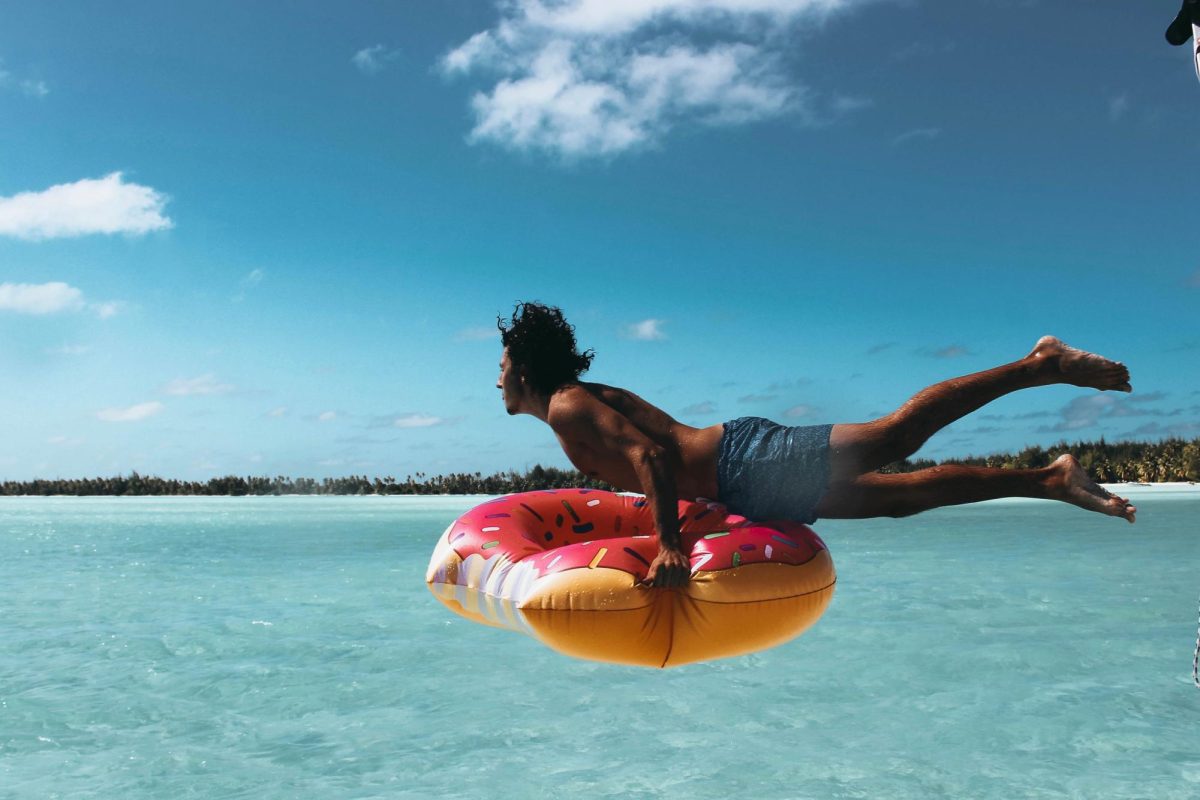Ravens soar through the open skies
January 24, 2018
The engine roaring, speed picking up, hands grip the controls and suddenly you’re 100 feet in the air. For most, this is a rare experience, but for seniors Alex Strehlow and Alexander Berkaloff, it’s a common and welcoming experience.
Strehlow and Berkaloff are student pilots—in training or have received their pilots license.
Strehlow has wanted her license since the age of 12, when her uncle, also a pilot, took her on a flight.
“I knew that was the moment I wanted to [become a pilot,] and I also knew that it would be a lot of work,” Strehlow said. “It wasn’t until freshman year when I found out about the Upwind Scholarship that I realized it was a possibility.”
She received her license in August, after completing the Upwind Summer Scholarship Program.
The Upwind Summer Scholarship Program provides a select number of students interested in receiving their credentials with license preparation, on the ground training and in flight training during the summer between junior and senior year. Applicants begin ground school their second semester of junior year and complete in-flight train during the summer before testing for their license. “We did all of the flights and training over the summer so by August I was basically prepared to take my test,” Strehlow said.
Before receiving their certificate, students must complete an aeronautical knowledge and Federal Aviation Administration knowledge test, pre-solo training in the airplane, solo training, cross-county training, solo cross-county training, practical test preparation and a practical test.
Berkaloff has taken a sightly different approach to his training. After knowing from a young age that he wanted to be a pilot, Berkaloff began training to fly glider planes at an aerospace field in France the summer before high school.
“I’m focusing on learning to fly gliders right now and my plan is to receive my gliders license before my pilots license,” Berkaloff said.
A glider aircraft is a heavier-than-air aircraft that is supported by a dynamic reaction of the air as opposed to an engine. Due to this, the time and distance of a glider flight depends on the glide ratio instead of fuel quantity.
“It’s the hardest thing I’ve ever done, personally,” Berkaloff said. “But it’s a humbling experience to realize these sorts of skills are something you’re so disconnected from in your real life.”
For Strehlow and Berkaloff, aviation is more of a hobby than career path. However, both Strehlow and Berkaloff plan to purse aeronautical engineering in college.
Now they are able to literally reach the sky anytime they want. With her license, Strelow is technically allowed to fly solo anywhere she wants, but is trained on a plane that can only hold enough fuel to travel about 100 miles.
The biggest obstacles Strehlow has faced are the large costs involved. She would like to go and fly at least two times per month, but the cost of renting planes and fuel is often very expensive.
Berkaloff is met with similar restrictions as his flight time will often depend on the air conditions surrounding him as opposed to the supply of fuel.
“Flying has taught me not to take any unnecessary risks,” Strehlow said. “But also don’t give up, there is always a reason to give up, but if you want something, work for it and it will happen.”
